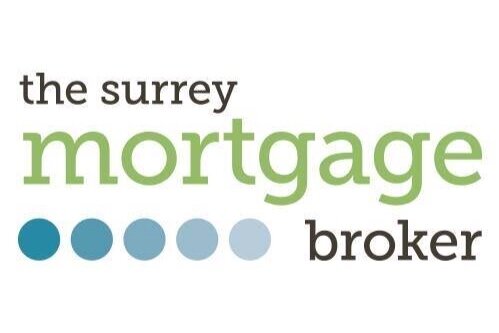Choosing where to spend your retirement is an important decision
Many people are reaching retirement age and looking to leave behind towns and cities in favour of rural or coastal areas, and areas of natural beauty. When it comes to thinking about where to live when you retire, you might be considering a similar change of pace.
Some people have been thinking about it for a while, and if you asked them where the best place to retire in the UK is, they wouldn’t hesitate to answer. For others, there’s more to consider. When it comes to deciding your perfect retirement location, it’s common to consider a range of factors. Wanting to be close to family, or favouring somewhere peaceful or by the sea are popular choices.
Sizeable budget
The most popular retirement locations have lots in common, with picturesque landscapes, quaint villages and a long coastline. While these areas are beautiful, their house prices can reflect their popularity.
Relocating or downsizing could open up more options in your retirement relocation. If you’re selling up in a big city and moving to somewhere more remote, you could find yourself with a sizeable budget.
Closer to loved ones
Among the most important retirement location considerations, second to your budget, may be proximity to loved ones. Many people move to be closer to loved ones in retirement, especially when grandchildren arrive and the extra support is welcome.
Making this move can be quite an adjustment if you’re leaving a busy city with excellent transport links and relocating to a rural town with limited bus timetables and no local train station. If you don’t drive, having access to public transport to visit friends and family, as well as amenities such as shops, doctors and your favourite social activities, is an important consideration.
Long-term move
Medical and care facilities are also particularly important if you’re considering where to live when you retire as a long-term move. Living within easy travelling distance to your local doctor or hospital could be something you should consider now, as you will likely need to think about it in the future.
Other considerations include your safety and crime rates. Low crime rates and feeling safe in your new home are really important. You might have a neighbourhood watch programme in your local area, which can be reassuring.
New destination
If you have an active social life that you’ll miss when you move, it can be reassuring to know that your new destination has plenty of community groups and activities to look forward to. Visiting ahead of your move or reaching out on social media could help you connect with the local community and find people who have similar hobbies.
So if you’re looking to retire in the UK, there are a few key locations to keep in mind.
Popular retirement property hotspots in the UK
The Cotswolds
This picturesque region of England is a top retirement destination for many reasons. It’s close to major cities like London, Oxford and Birmingham, but it also has a slower pace of life that makes it ideal for retirees. There are plenty of quaint villages and country towns to explore, along with gorgeous countryside views.
Cornwall
Cornwall is another popular retirement destination, thanks to its beautiful coastline and mild climate. It's a great place to enjoy outdoor activities like walking, cycling and golf. And, with plenty of small towns and villages to choose from, you can find the perfect place to settle down.
The Lake District
The Lake District is a stunning region of England that's perfect for retirees who love the outdoors. With its picturesque lakes and mountains, it’s easy to see why this is such a popular destination. There are plenty of walks and hikes to enjoy, along with other outdoor activities like sailing and fishing.
Devon
Devon is another county in England with a lot to offer retirees. It has a beautiful coastline, lovely countryside, and plenty of quaint towns and villages. Like Cornwall, it has a mild climate, making it a great place to enjoy retirement.
Dorset
Dorset is another county in England that’s popular with retirees, thanks to its sprawling selection of coastline towns. From Poole to Sandbanks and Bournemouth to Christchurch – there are a whole host of towns that suit the retiree perfectly.
These are just some of the retirement property hotspots, but if you’re looking for a place to retire, these are all great places to keep in mind.
Mortgages for older people
If you’re 55 or older, you might be thinking about your retirement options, or you may have already retired. Equity release could help you use some of the value you’ve built up in your home to put your retirement plans into action. To discuss your options contact The Surrey Mortgage Broker– telephone 01252 759233 – email richard@thesurreymortgagebroker.co.uk





